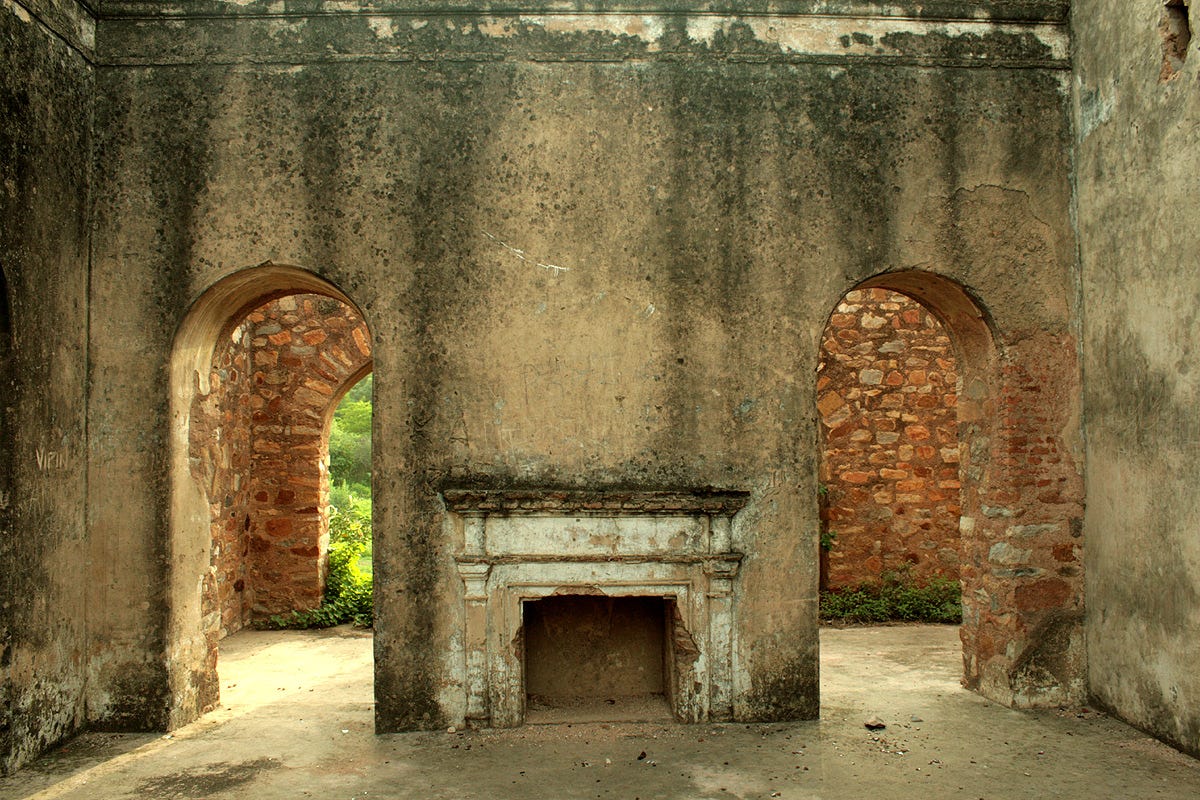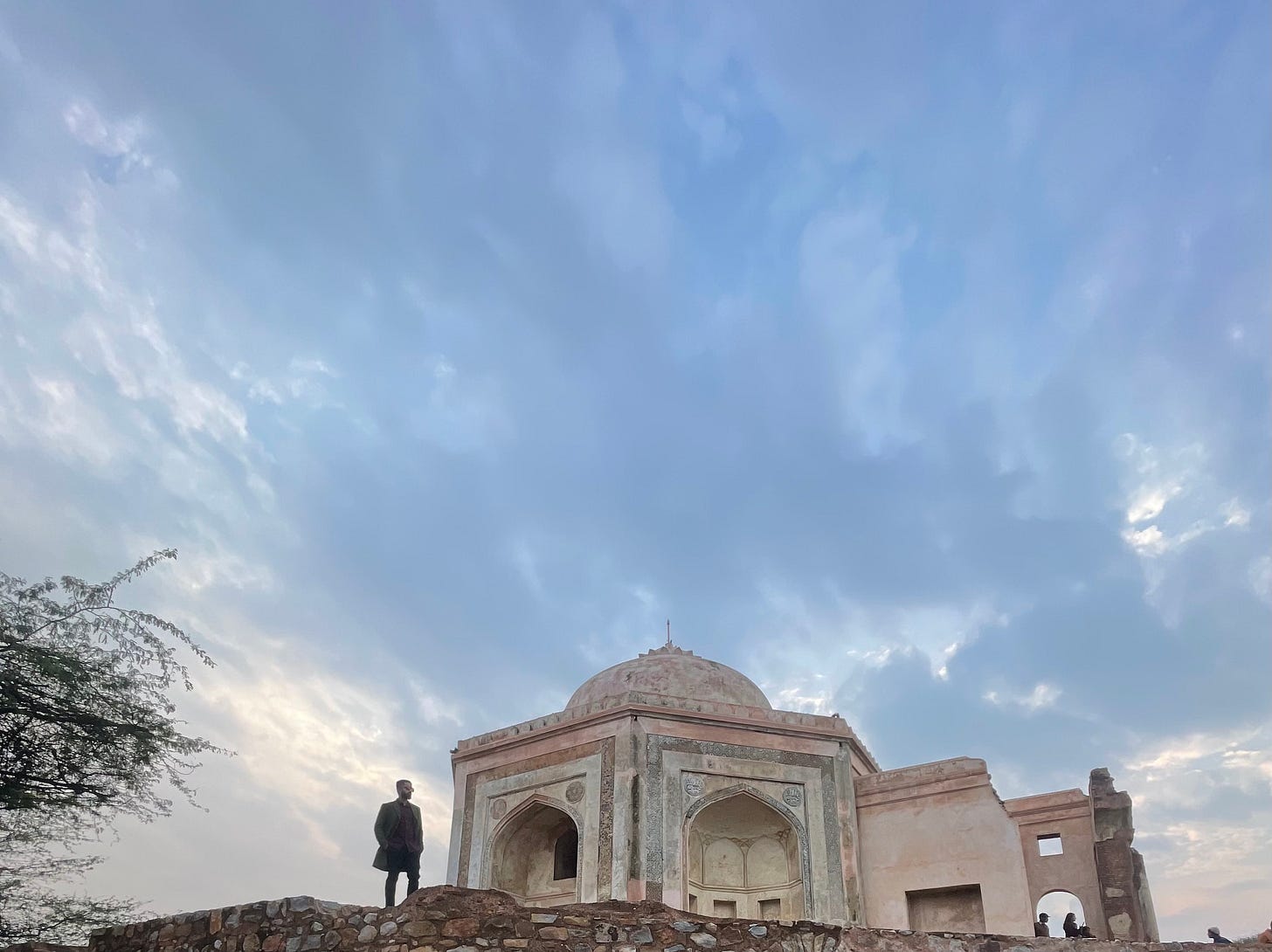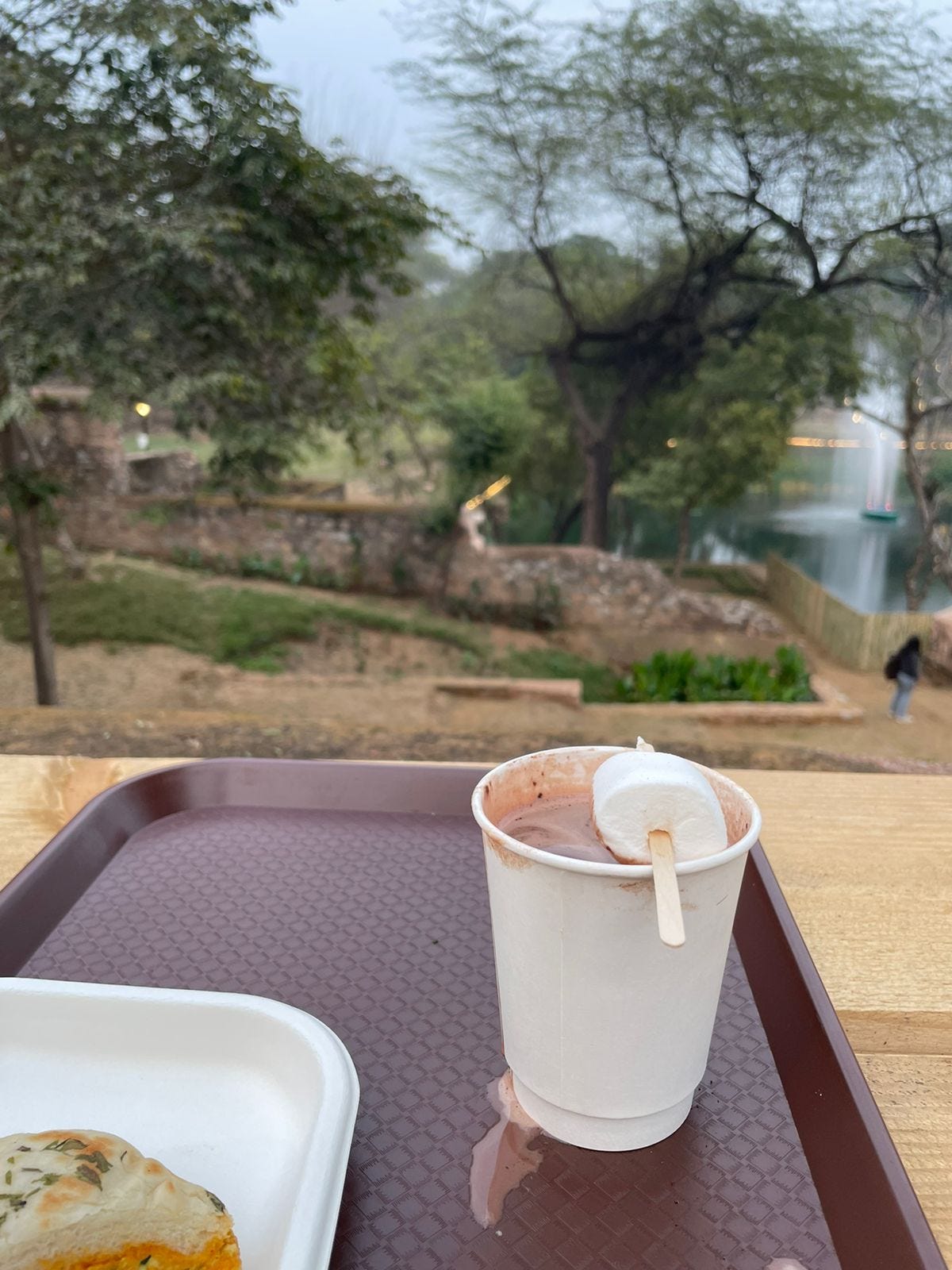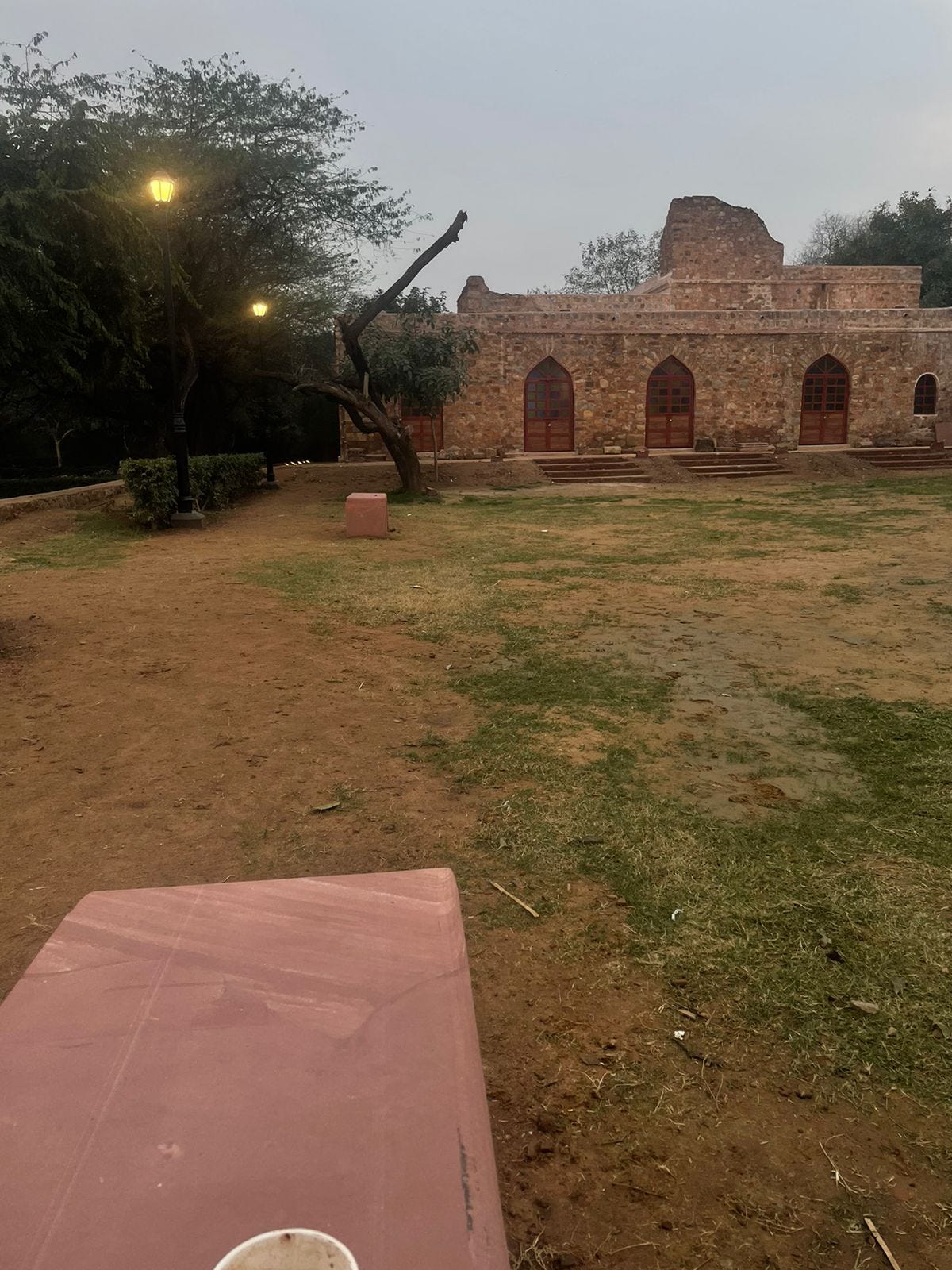White Mughals, 19th Century Soap Opera & Heritage Walk
......of the great cities of the world, only Rome, Istanbul and Cairo can even begin to rival Delhi for the sheer volume and density of historic remains. - William Dalrymple, The Last Mughal

The term "White Mughals" encapsulates a fascinating group of British residents profoundly influenced by the culture and lifestyle of Mughal emperors, leading them to adopt a way of life reminiscent of the Mughal court. These individuals, including notable figures like David Ochterlony, William Fraser, James Achilles Kirkpatrick, and others, blurred the lines between British and Mughal traditions. They embraced Mughal attire, indulged in Sheesha or Hookah, and engaged in polygamous relationships, creating a unique cultural blend.
The White Mughals era unfolds like a captivating historical soap opera, exemplified by the love affair between James Achilles Kirkpatrick and Khair un-Nissa. Kirkpatrick's transformation into a White Mughal and his intriguing dual role as a double agent against the company are vividly chronicled in William Dalrymple's "White Mughals." Another gripping episode is found in Shamshur Rahman Faruqi's "The Mirror of Beauty," detailing the meticulous assassination of William Fraser. Dalrymple's "The Last Mughal" delves deep into the intricate life of Thomas Metcalfe, highlighting his unique role and the remarkable differences that set him apart from other White Mughals.
During my recent visit to Metcalfe House in Delhi, situated in the Mehrauli Archaeological Park, I was transported into the past. The weather in the city had improved, allowing for an enjoyable walk. As Delhiites, we could finally relish some sun after cold, chilly afternoons. The Metcalfe boathouse, visible from the entrance, provided a striking view. Unlike his Mughal-influenced predecessors, Thomas Metcalfe maintained a distinct British identity, despite sharing a love for Hookah or Sheesha. The Metcalfe house also unveiled another layer of history – the English-style refurbishment of Quli Khan's tomb by Thomas Metcalfe's son, Theophilus (Theo), resulting in the creation of the second Metcalfe house.
In the accompanying image, you can catch a glimpse of both the building and myself standing like the Batman, standing amidst the echoes of history, reminiscent of a bygone era.
I noticed that a few buildings in the complex have been revamped into interesting cafes. The majority of the public is attracted to these places. It’s interesting to see how people have managed to bring past and present together. I ordered a hot chocolate and a paneer kulcha and decided to enjoy my meal in front of Theo’s house.
Notably, some buildings in the complex have been revamped into interesting cafes, attracting a majority of the public. It's fascinating to observe how people have brought the past and present together. I ordered a hot chocolate and a paneer kulcha and decided to enjoy my meal in front of Theo’s house.
As twilight descended, I sat on the bench near Theo’s house, enjoying a beautiful view of Qutub Minar. Sipping my hot chocolate, I couldn't help but imagine how the Metcalfe family celebrated Christmas here in the 19th century.




